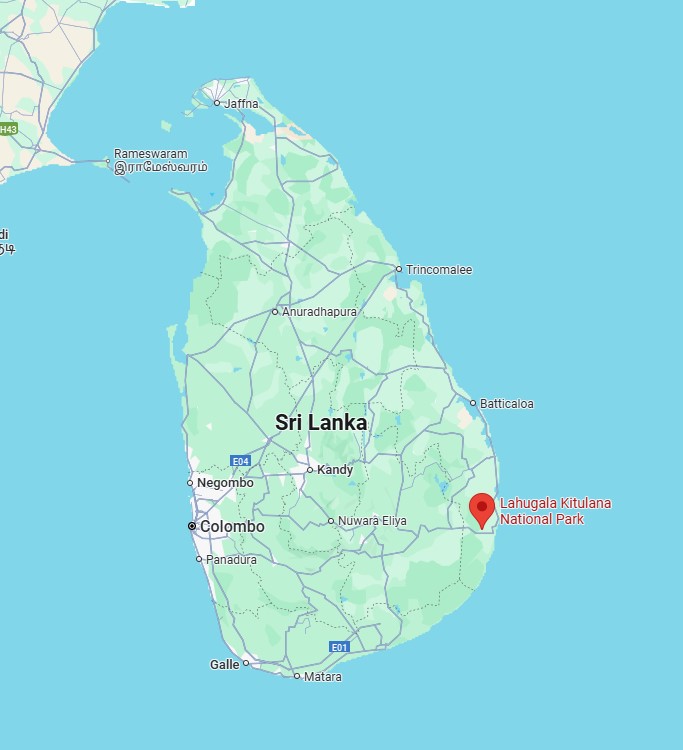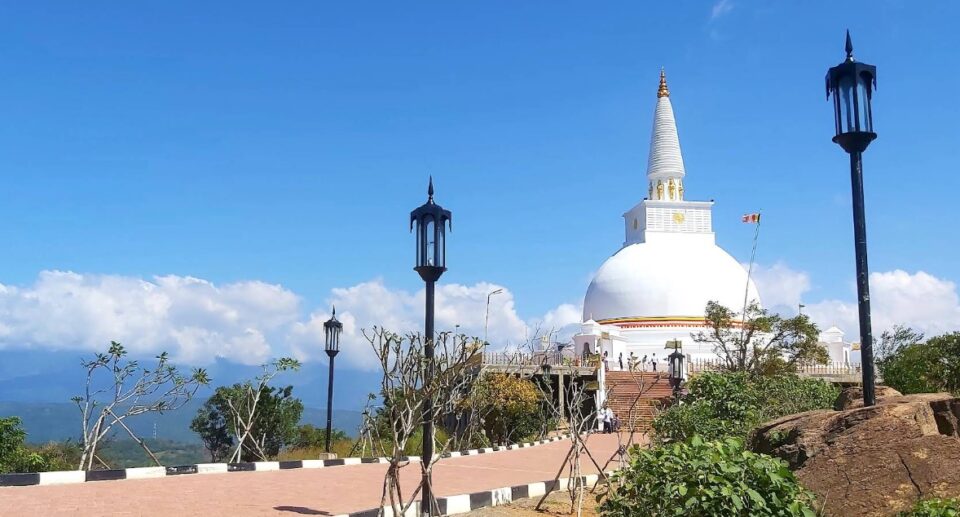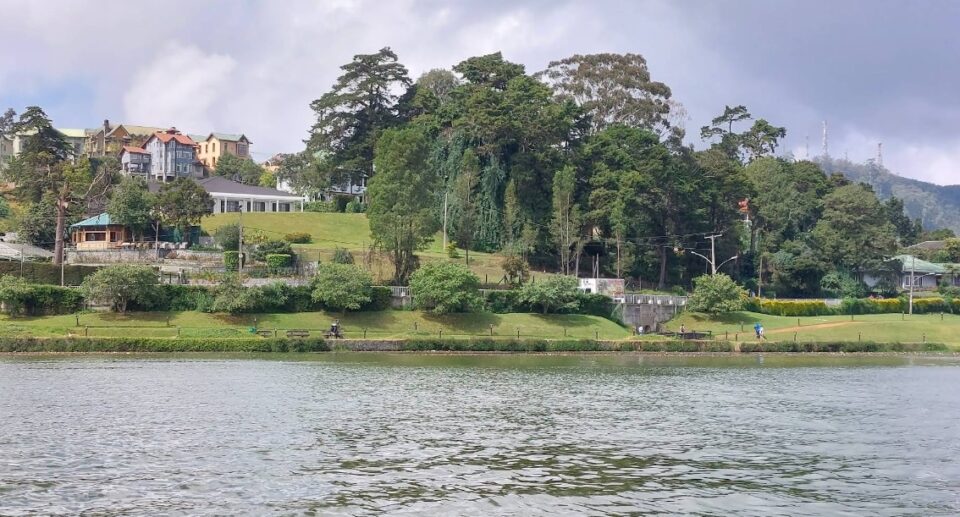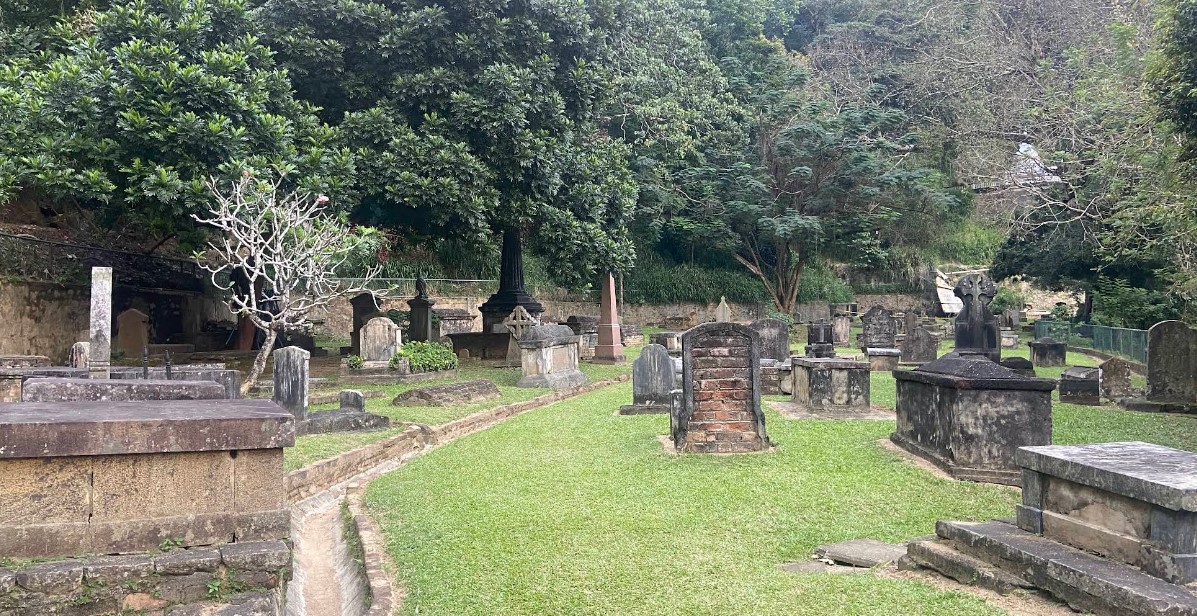Lahugala Kitulana National Park: A Hidden Ecological Treasure in Eastern Sri Lanka
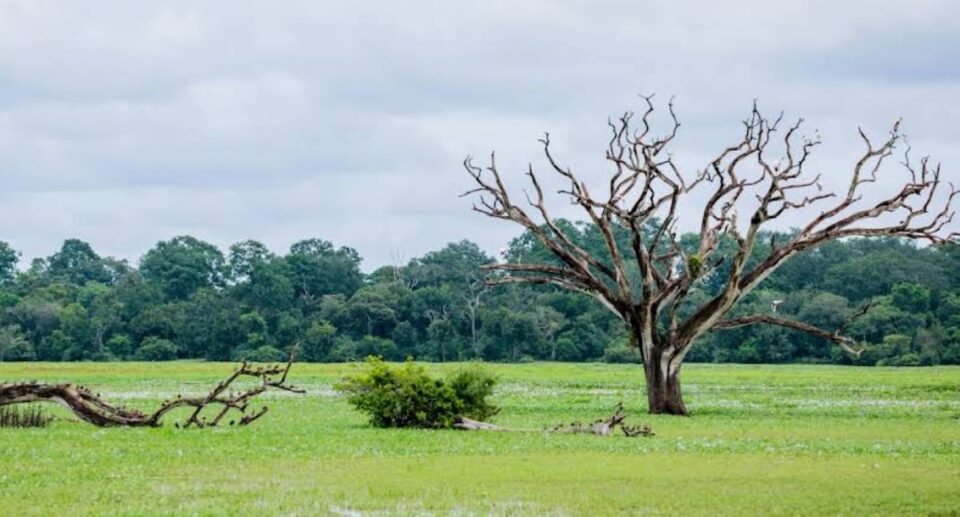
Rich in biodiversity and scenery, Sri Lanka boasts many national parks, each offering a unique experience. Among them is the Lahugala Kitulana National Park, albeit smaller compared to some like Yala or Wilpattu, but an essential refuge for wildlife and specifically for elephant conservation purposes, along with a birding environment. Located near Pottuvil, just inland of famous beach resort town Arugam Bay, this park is not only ecologically valuable but also fairly unspoiled by mass tourism.
Established in 1980 and measuring only 1,554 hectares (15.5 km²), Lahugala Kitulana is one of the smallest of Sri Lanka’s national parks. Although small, it has an important role to play in conservation of biodiversity, particularly as a section of the Elephant Corridor between larger parks such as Yala and Gal Oya. The park itself has historical importance, lying close to ancient Buddhist sites such as Magul Maha Viharaya.
Location and Accessibility
Lahugala Kitulana National Park is situated in the Ampara District of the Eastern Province, about 16 km northwest of Pottuvil. The park can easily be accessed along its western boundary by the A4 main road, and this is one of the only few parks in the country where it is possible to occasionally spot wildlife right on the road itself.
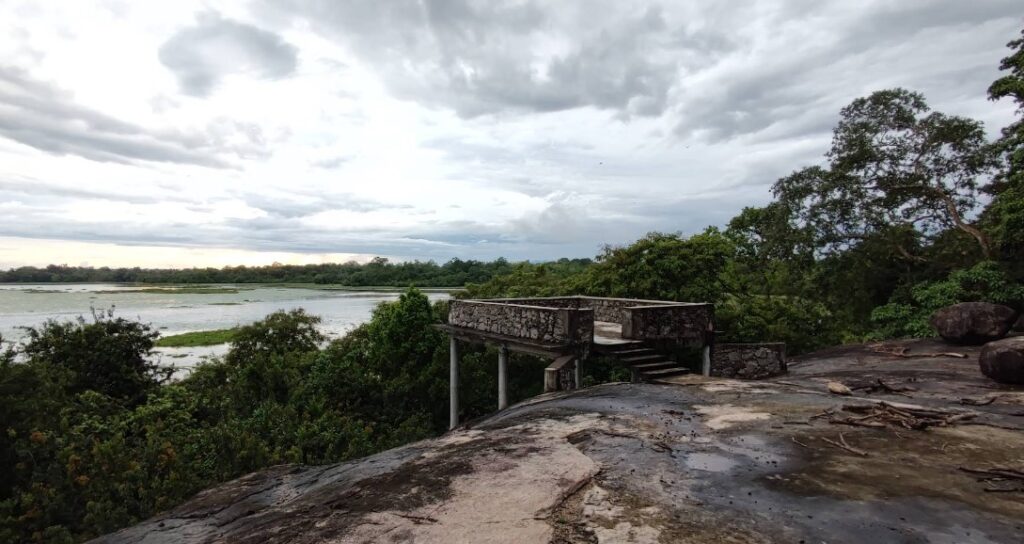
Distance from Arugam Bay: 18 km Distance from Colombo: 320 km (via Ratnapura – Monaragala – Pottuvil route)
Nearest town: Pottuvil
The park’s proximity to tourist attractions like Arugam Bay makes it the ideal destination for tourists who want to explore nature away from the beach.
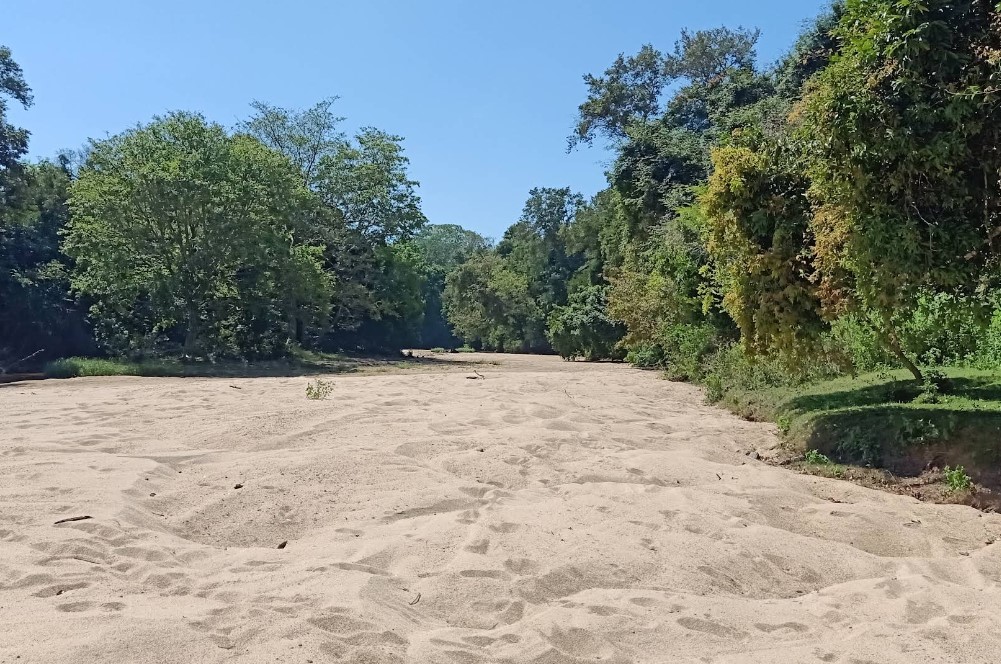
Ecological and Biological Importance
Lahugala Kitulana lies in Sri Lanka’s dry zone and consists of dry evergreen forests, scrub, and three shallow tanks (reservoirs): Lahugala Tank, Kitulana Tank, and Sengamuwa Tank. The tanks are not only ancient irrigation tanks but also vital habitats for flora and fauna.
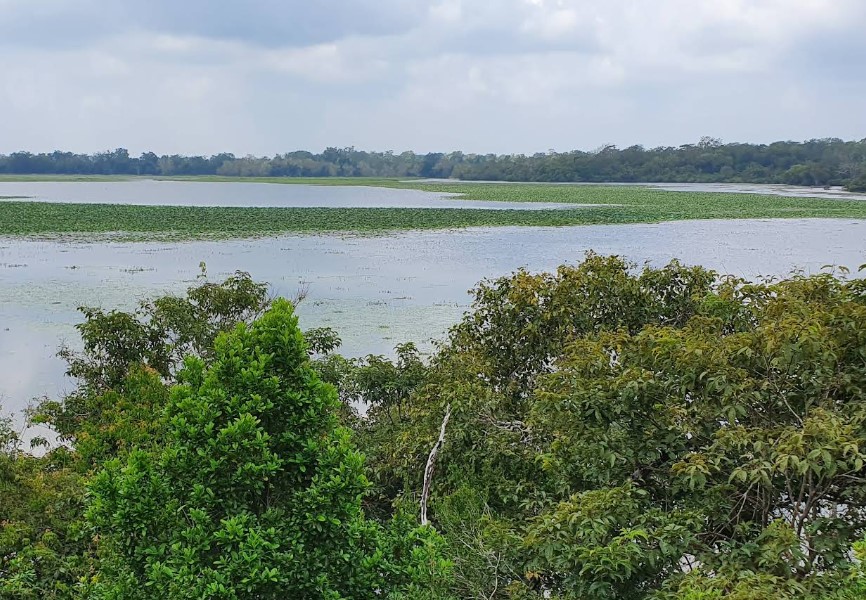
The park’s unique ecosystem revolves around the seasonally flooded tanks, which are the primary water and food source, particularly Beru grass (Sacciolepis interrupta), on which the elephants graze. The grasslands in the parks receive herds of elephants during the dry season (June to September), and the park becomes an essential habitat for elephants.
Wildlife of Lahugala Kitulana
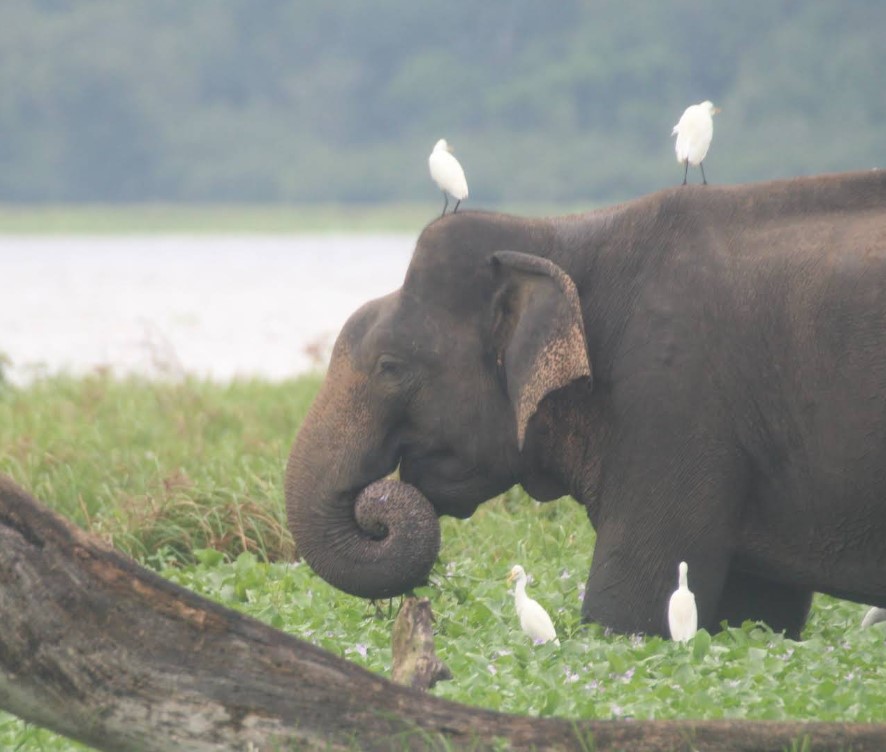
The park, although small in size, boasts an astonishing amount of wildlife:
Asian Elephants
Lahugala Kitulana is perhaps best known for its herd of Asian elephants (Elephas maximus maximus). During the dry season, there are herds of 50–100 elephants roaming around the tanks to graze and bathe. The park is a vital link in the Eastern Elephant Corridor, facilitating elephants to migrate from Yala East (Kumana), Gal Oya, to Maduru Oya National Parks.
Birds
Lahugala is also an excellent birdwatching spot. There are more than 100 species of birds seen here, including: Lesser adjutant, Purple heron, Painted stork, Sri Lanka junglefowl (national bird), Peafowl, Grey-headed fish eagle, Crested serpent eagle
Resident and migratory waterbirds inhabit the tanks and surrounding wetlands, particularly during monsoon season.
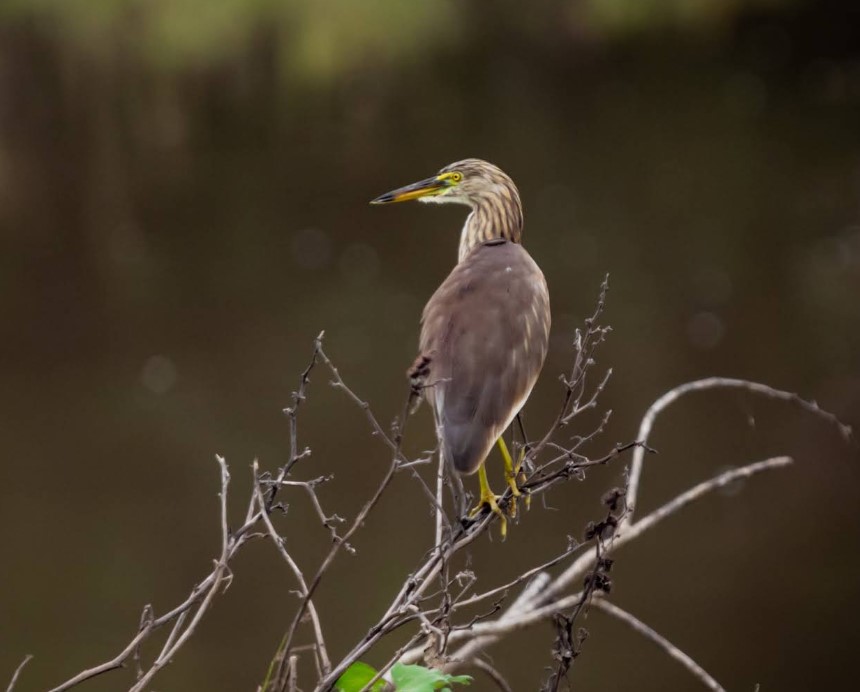
Other Mammals and Reptiles
Other creatures you might encounter are: Spotted deer, Wild boar, Leopards (rarely seen but there), Sloth bears (sightings from time to time), Mongoose ,Monkeys – purple-faced langurs and toque macaques Reptiles like monitor lizards, pythons, tortoises and snakes are also present in the park.
Flora and Vegetation
Plant cover in the park consists primarily of dry evergreen forest with open grasslands and wetland vegetation surrounding the tanks. Dominant plants include:
Manilkara hexandra (Palu) Chloroxylon swietenia (Satinwood), Terminalia arjuna, Beru grass, which is also of ecological significance as an elephant fodder
These varied habitats offer a rich ecosystem which supports both herbivores and predators.

Cultural and Historical Importance
Magul Maha Viharaya, which is over 2,000 years old and a Buddhist temple, is located on the periphery of Lahugala Kitulana National Park. It is where King Kavantissa married Queen Viharamahadevi. The site of the ancient monastery, moonstones, and other inscriptions are all available to visitors and tell much of the rich history that surrounds the region.
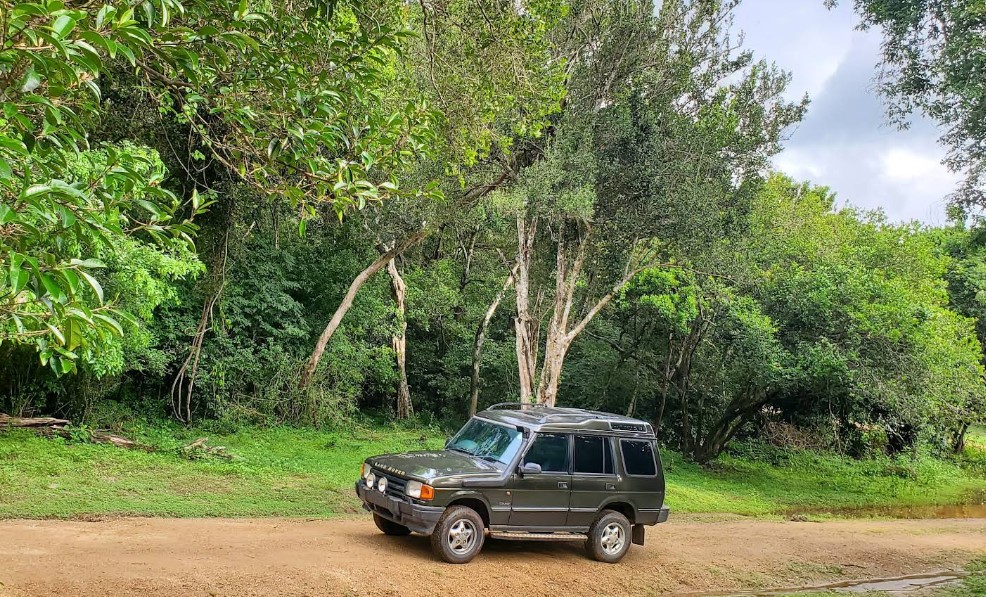
This includes a trip to Lahugala Kitulana as not just a wild experience but also a cultural one.
Tourism and Activities
Tourism at Lahugala Kitulana remains low-key and nature-based, so it is ideal for nature enthusiasts and photographers who desire an unhurried, uncrowded excursion. Top activities are: Wildlife safaris in 4WD vehicles (best early morning or late afternoon) Birdwatching
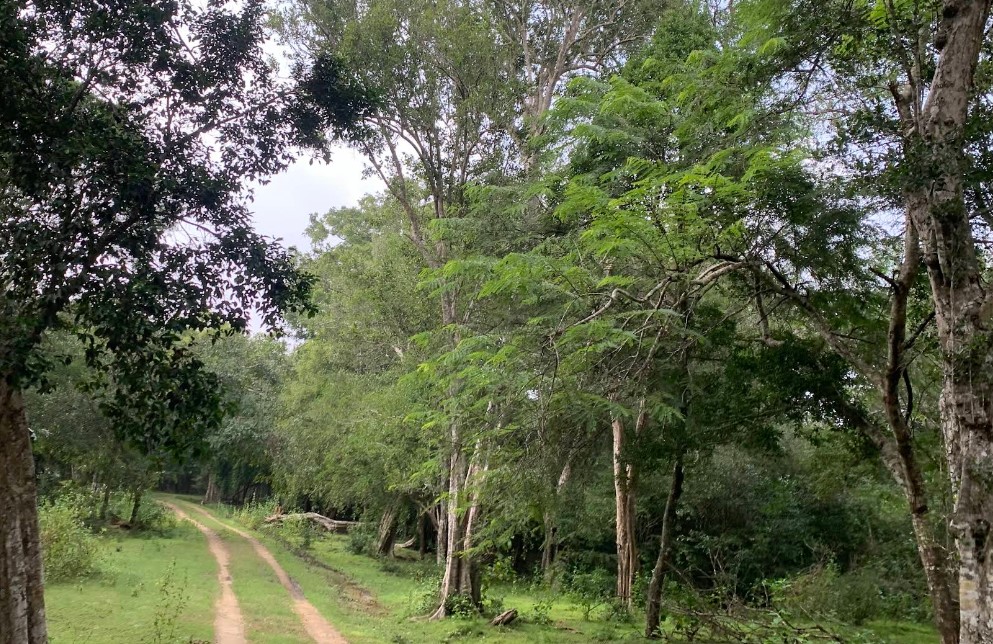
Photography, specifically of elephants and wetland birds
Visit to Magul Maha Viharaya Nature walks (subject to permission and guide) Safari jeeps can be hired from the nearby Pottuvil or Arugam Bay, and there are local guides who are aware of the park’s biodiversity and the best view points.
Best Time to Visit
Dry Season (June to September): Best time for elephant sighting, as herds gather around dry water tanks. Monsoon Season (October to January): Scenic landscape and good for birdwatching, although animals could be more dispersed.
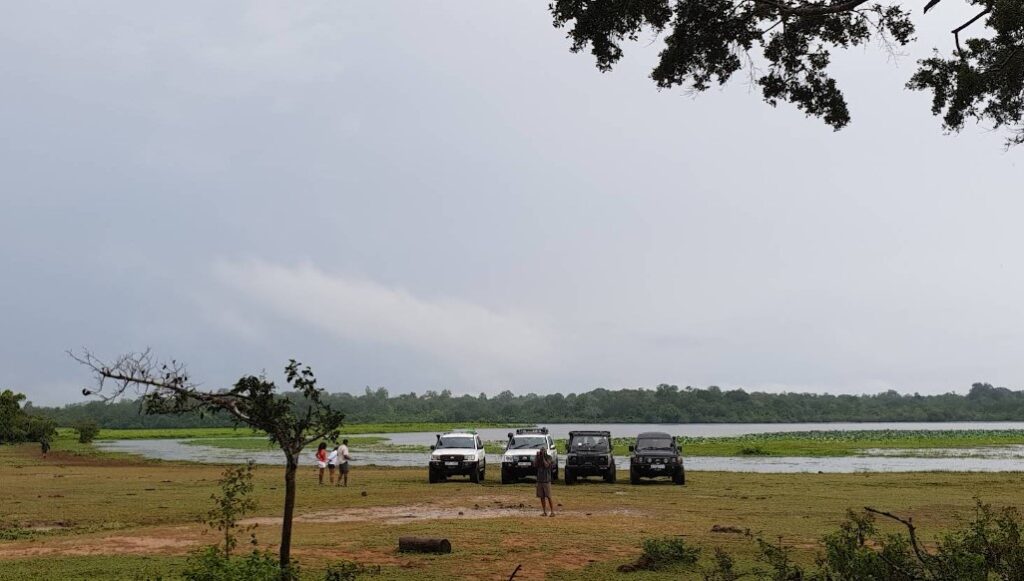
Conservation and Challenges
Lahugala Kitulana is managed by Sri Lanka’s Department of Wildlife Conservation. Even though it is protected by law, the park suffers from several conservation concerns:
Threats:
Encroachment and cultivation at the border of the park, Human-elephant conflict in nearby villages, Poaching and forestry, Uncontrolled tourism can be a future threat if not managed appropriately Community awareness is present to conserve the park and promote sustainable ecotourism to the benefit of wildlife and local communities.
Access and Entrance Fees
Primary entrance through the A4 road between Pottuvil and Monaragala. No major visitor center, but park officials can provide basic information.
Entrance Fee (variable):
Foreign adult: ~$15 USD
Local adult: LKR 60–100
Vehicle and guide additional cost : Better to arrange safaris through a local eco-tour operator who can arrange permissions, guides, and transport.
